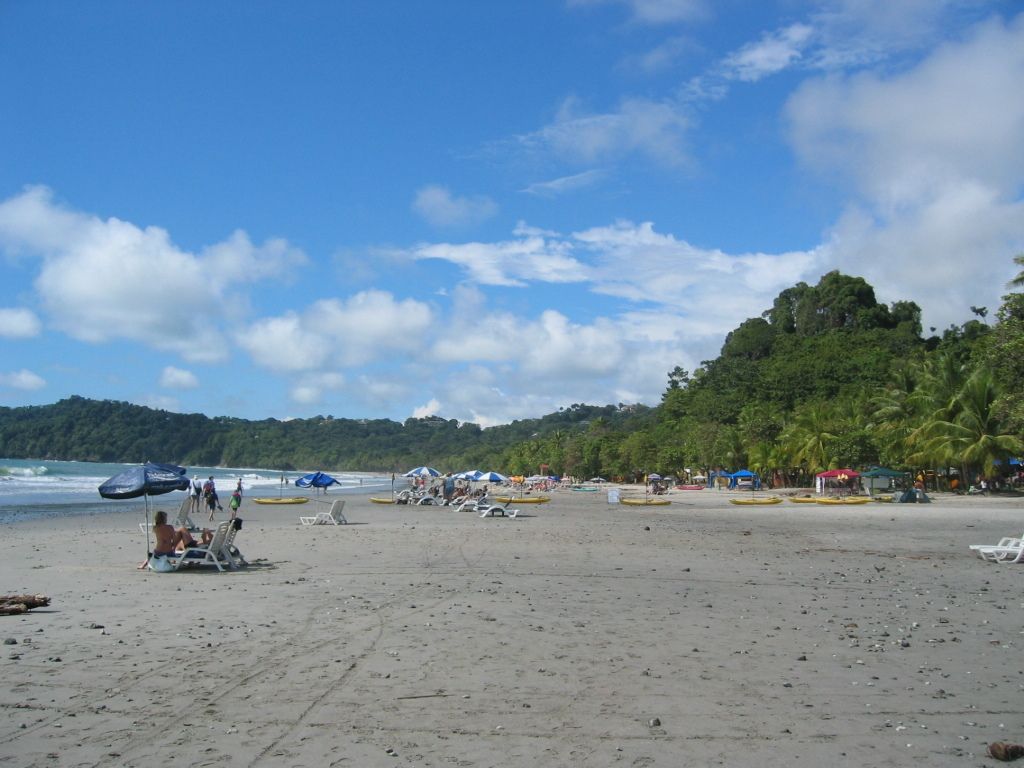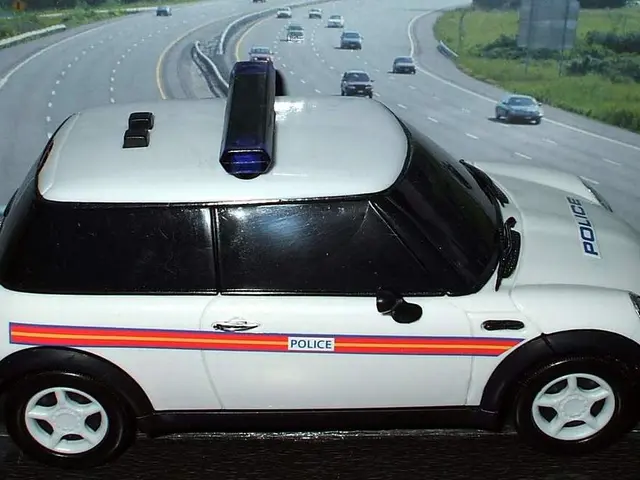updated-road-trip-tip: Navigating the German Rest Area Scene: A User's Guide
- by Christian Hensen
- Approx. Reading Time: 2 Mins
Avoid pausing at these highway service areas - Unnecessary Stops to Avoid on the Highway
Bonus: Rest Areas in Germany - What to Expect and Where to Find the Best OnesRTL
Dreading those long car journey pit stops? While German rest areas may not be as renowned as their Italian counterparts for their fine food and coffee, there's still hope. A recent ADAC Rest Area Test managed to unearth some gems amidst the not-so-stellar rest stops across the country.
The bad news: Don't expect any "very good" ratings. The test results show a mixed bag: eight rest areas came out "good," six were rated "poor," and the remaining rest areas were somewhere in between1. That said, no rest area received a "very poor" rating, so there's that!
Where Cleanliness Comes with a Price Tag
While larger rest areas offer clean and well-equipped facilities (usually run by Sanifair), you might pay a high price for that convenience, with an entry fee of one euro1. Interestingly, testers were often left unimpressed by the cleanliness, despite the hefty fee1.
When it comes to food, you might find yourself "almost always satisfied" with the options available1. But be warned: Fair prices are hard to come by. Only three out of the 40 tested facilities offered reasonable prices1. The rest were deemed too costly, with shops often charged exorbitant prices, especially when compared to service stations off the highway1.
Top Performers and Flops
Among the top performers, you'll find standouts like "Fürholzen West" in Bavaria on the A9, "Demminer Land" in Mecklenburg-Vorpommern on the A20, and "Sindelfinger Wald Süd" in Baden-Württemberg on the A81. Conversely, the "Fuchsberg Süd" in Mecklenburg-Vorpommern on the A20, "Münsterland West" in North Rhine-Westphalia on the A1, and "Eisenach Nord" in Thuringia along the A4 made the "worst" list1.
It's worth noting that the ADAC also recommends against filling up your tank at rest areas due to potentially higher prices compared to service stations near exits1. Furthermore, the test highlighted significant shortcomings in terms of family-friendliness, accessibility, and the number of fast-charging stations for electric vehicles1. Additionally, the test did not account for the lack of coverage for charging stations in inclement weather, making charging stops a challenge for electric vehicle drivers when it's pouring1.
Some Additional Insights:
- Two standout rest areas, Engelmannsbäke on the A1 in Lower Saxony and Plater Berg on the A 14 in Mecklenburg-Western Pomerania, were rated as "very good", earning them the top spots not mentioned in the main article2.
- Conversely, the Mölenbarg rest area on the A20 received a "inadequate" rating, primarily due to its poor sanitary facilities2. More than every fifth rest area tested received a "poor" or "very poor" evaluation, indicating a substantial need for improvement2.
In the context of travel, a user might be interested in adopting a lifestyle that prioritizes finding affordable and clean home-and-garden stores during road trips, as the cost of convenience in rest areas can often be high. Instead, they could take vocational training in car maintenance to reduce fuel expenses by avoiding rest areas and filling up tanks at service stations near exits. Additionally, upon arriving home, this individual could invest in vocational training for home repairs, blending their lifestyle with home-and-garden upgrades, creating a more comfortable environment.






